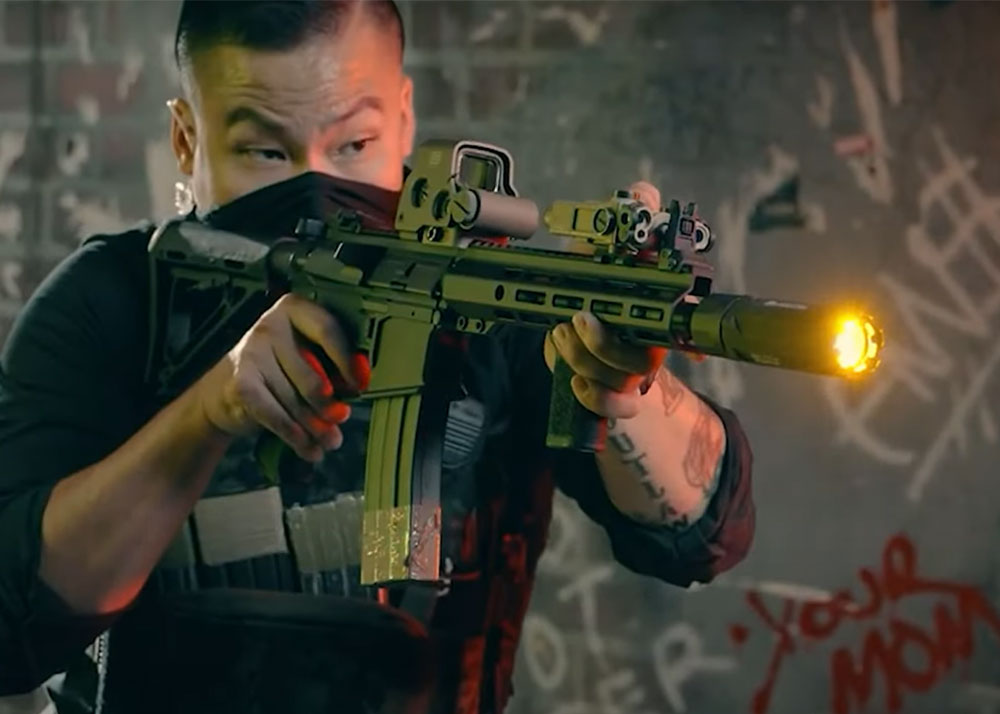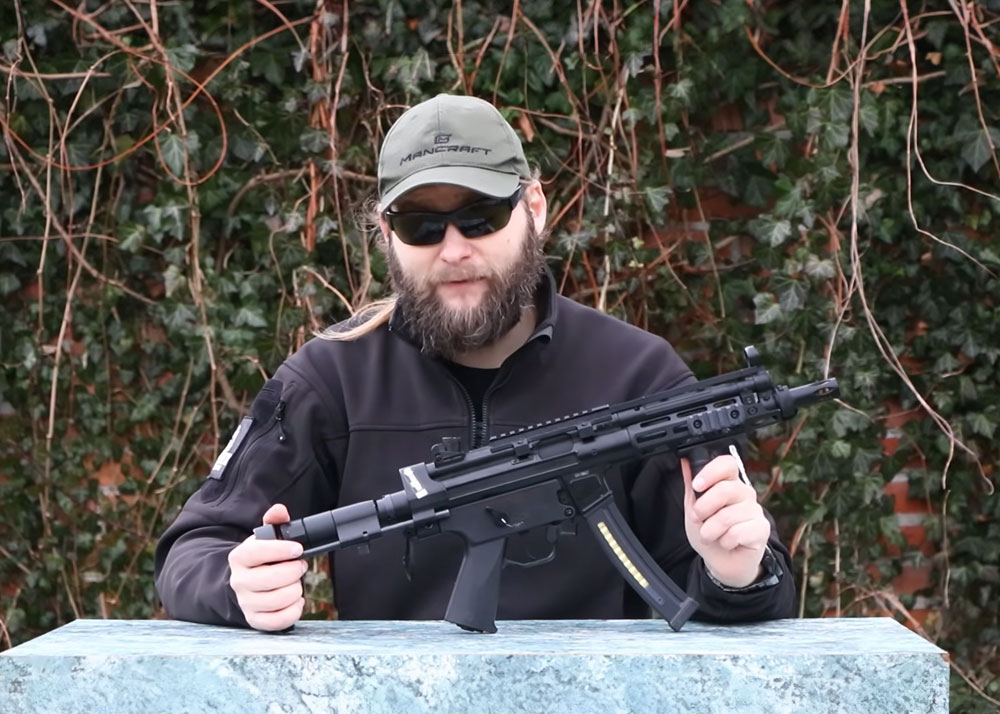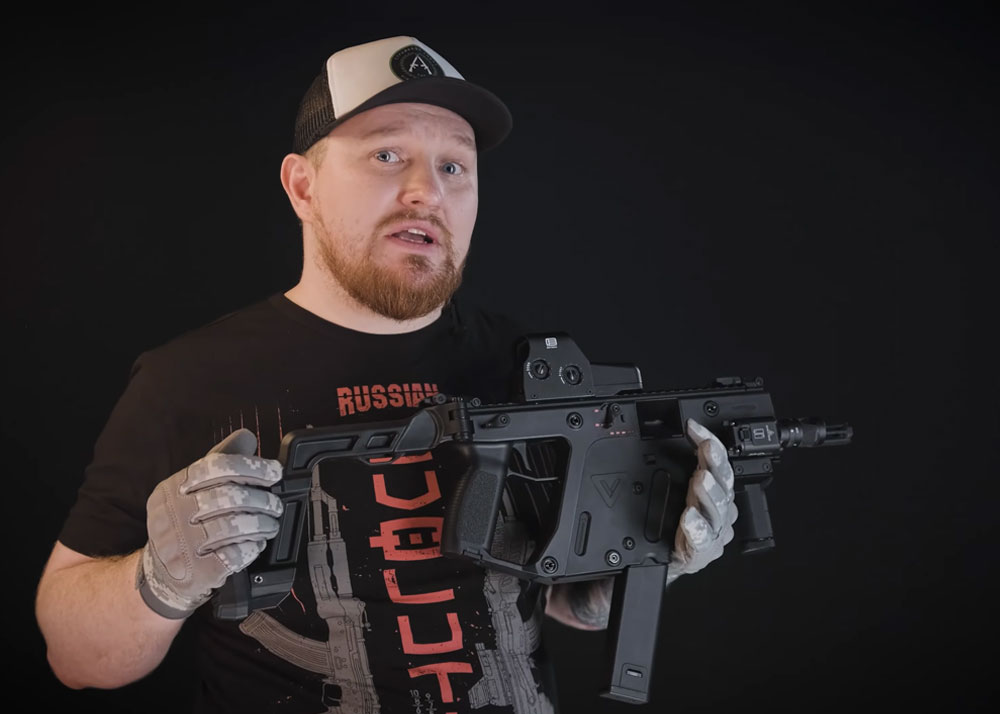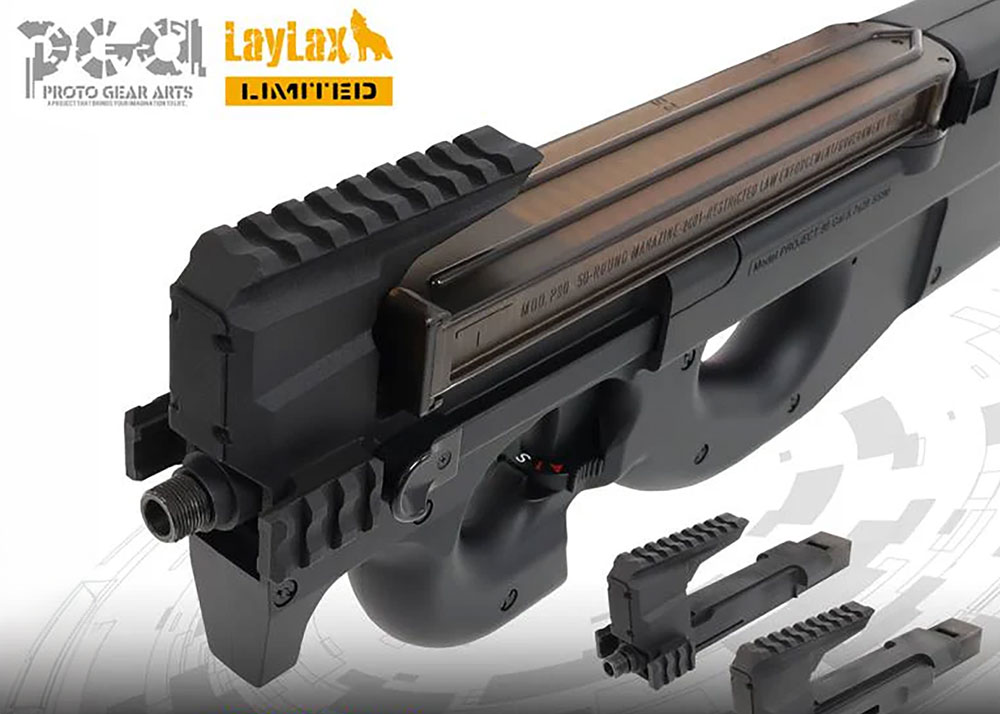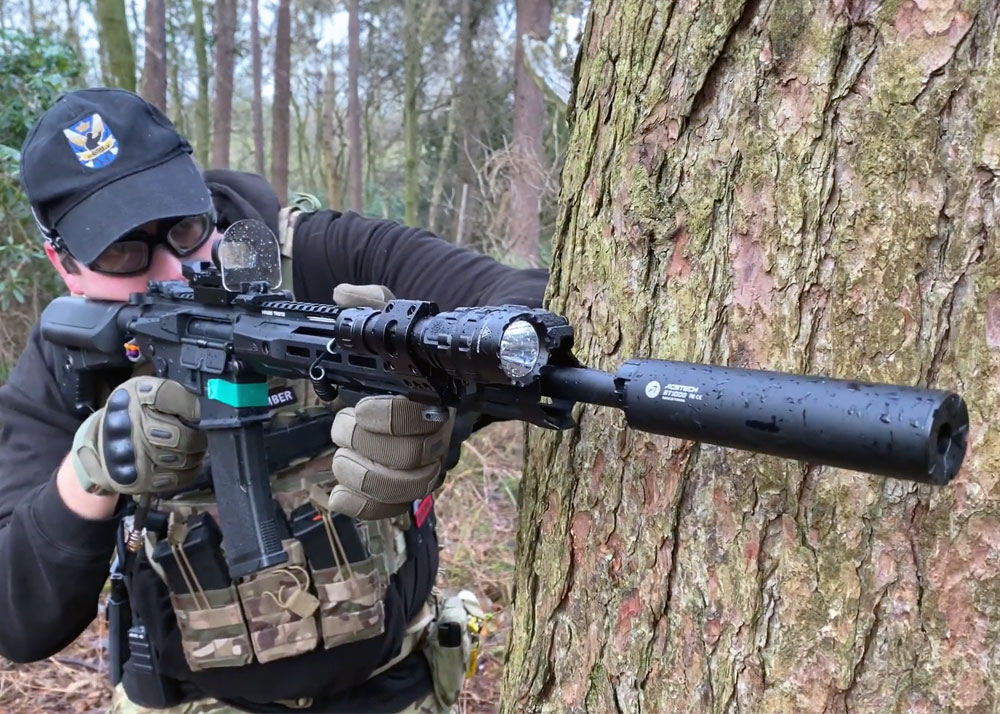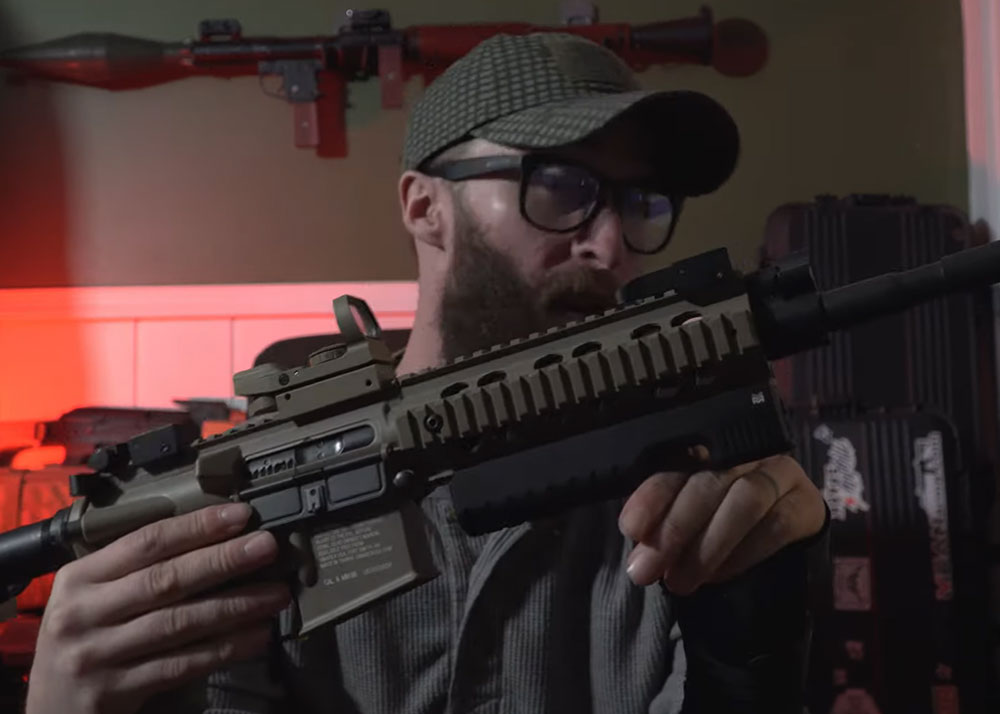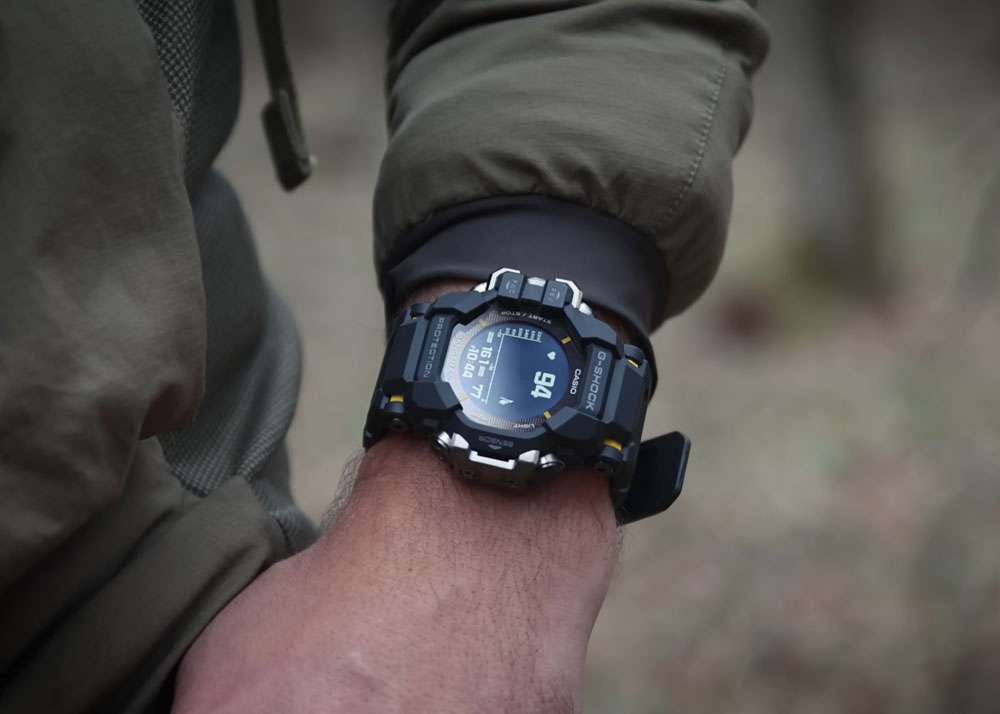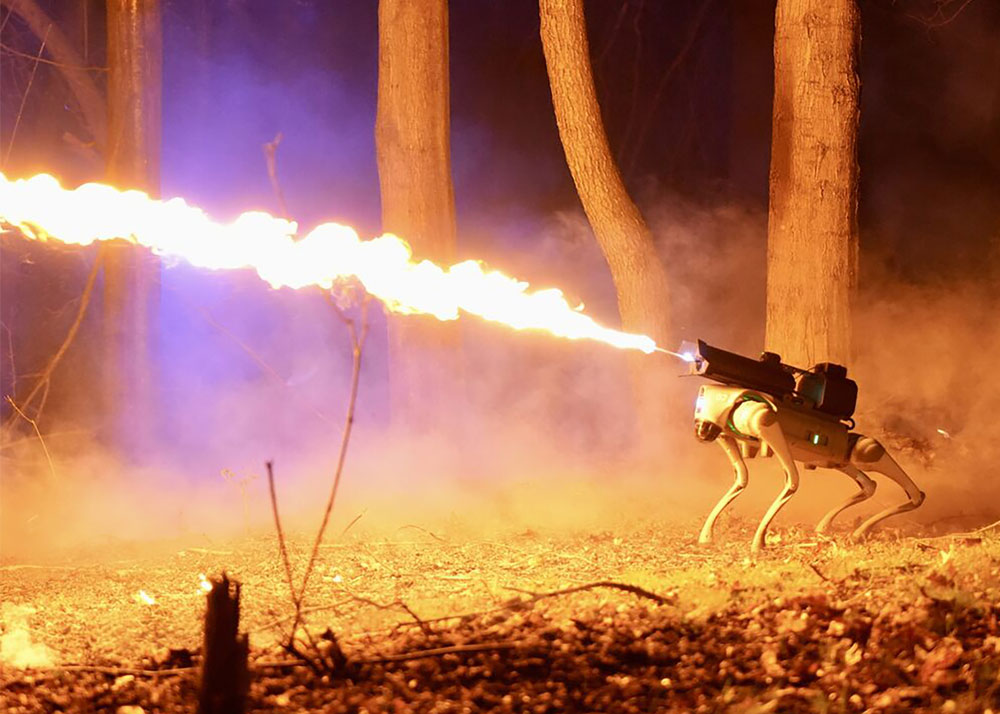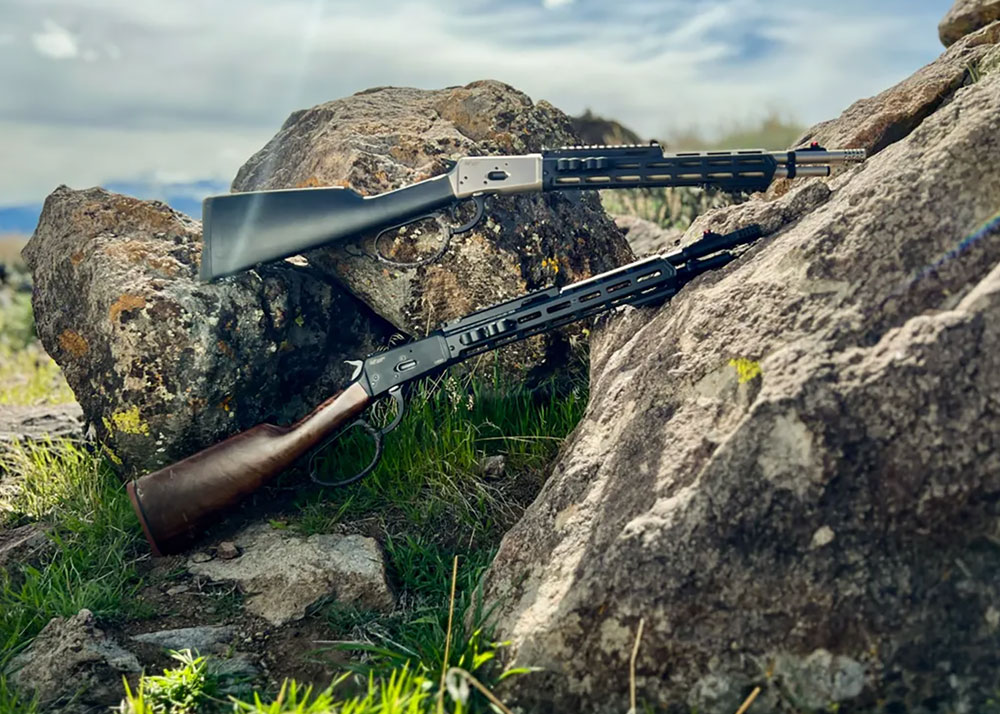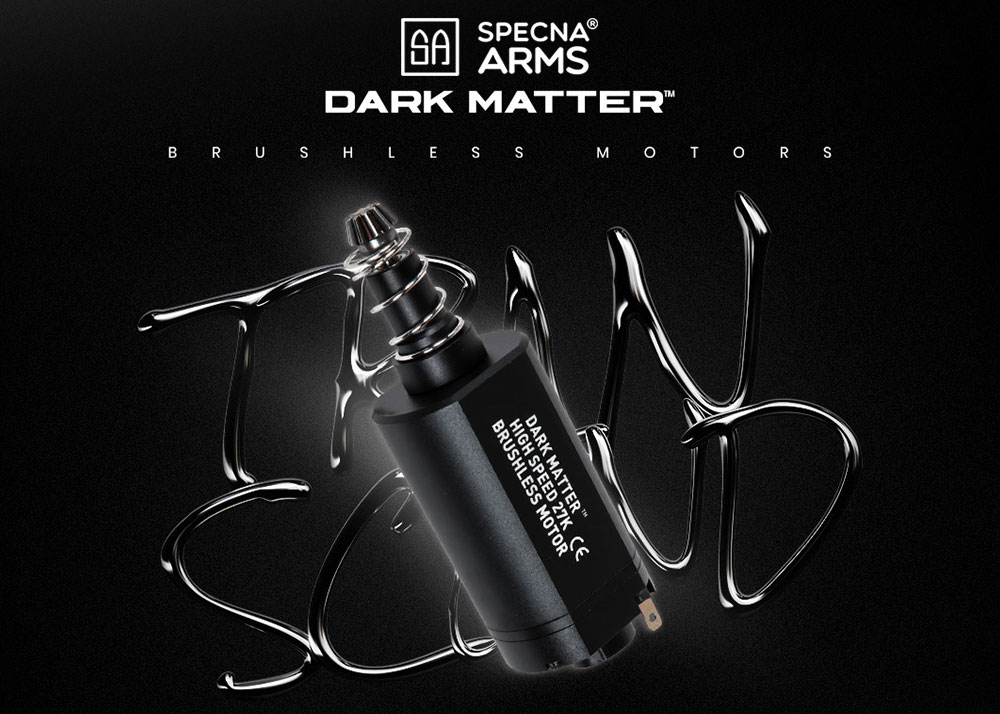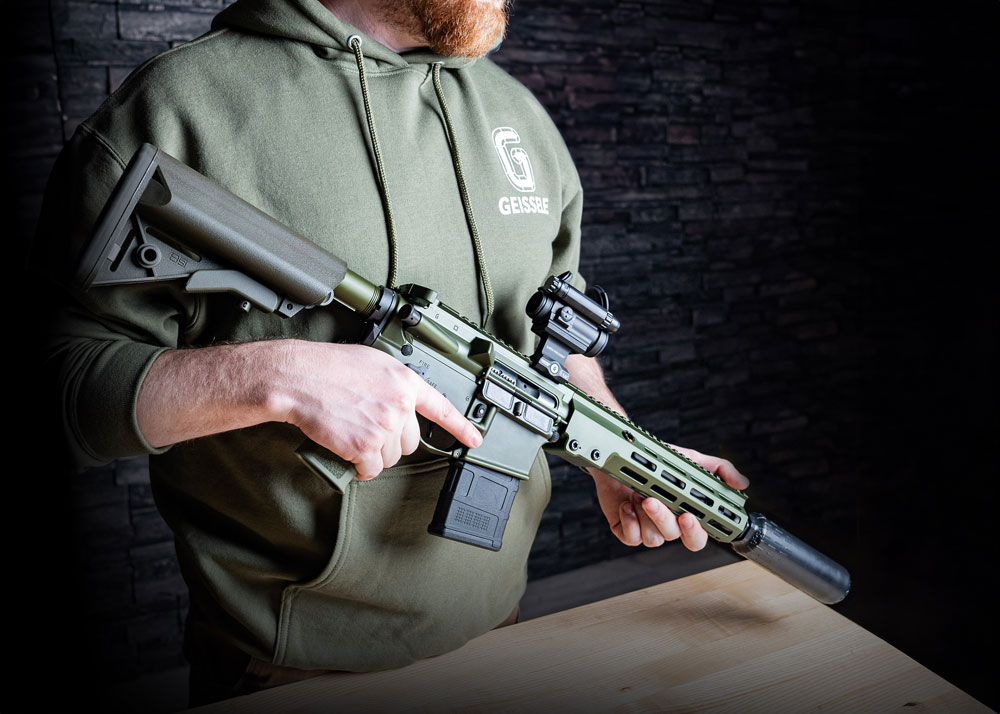Operation OPFOR: Slovenia's Tough Annual MilSim Event
Dom
17 Nov 2012
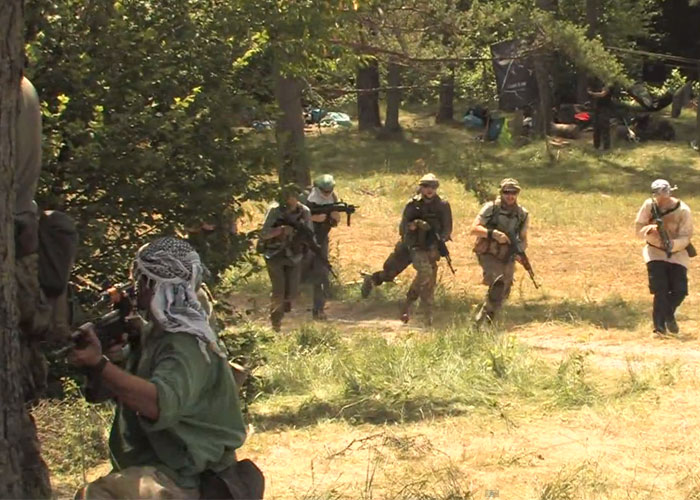
This event may have been held 5 months ago and just recently I got more information about this Slovenian MilSim event from Jelen, who is part of the organizers of this annual gathering of airsoft players with the story plot usually based upon past and recent conflicts in history. This year was about the Somalian conflict, but I'd rather let Jelen tell you more about this.
The story below is from Jelen:
Op. OPFOR is a two day MILSIM event organised by Airsoft club DTI. This event has the longest tradition in Slovenia and is known as one of the toughest events pushing all players to their physical limits. OPFOR is hosted in a military training facility, with around 15 square kilometres that features all the characterstics of a modern battlefield and is designed/used mostly for mechanised infantry training.
Due to this fact, we encourage teams to use their vehicles as a part of ingame scenarios, but we also use member owned vehicles for in-game transports. Members who drive DTI vehicles have been trained by military instructors or are professional drivers of heavy vehicles. Since we strive to provide as demanding milsim as possible, we also try to replicate scenarios, that have real world history.
In past four years we had scenarios set in Georgia during Russian intervention, Mexico and it's war on drugs, the civil war in Sierra Leone and this year, war in Somalia. This year's story was placed in modern Somalia which is being shatterd by pirates and local militia warlords. The goverment with the help of neighbouring countries is trying to establish peace and bring life back to normal. Players could choose from three sides: Kenyan Army Paratroopers, Somalian National Army and Al Shabaab militia. Each side had its distinctive fetures, insignia and missions. In short, Kenyan paratroopers were the most demanding side, without logistical support and permanent base. These guys were out there during the game and usually had no transports, unless they were provided as part of their OPORD. Somalian military had more conventional missions, were in charge of defending Somali government installations and staging larger scale assaults. Al Shabaab insurgents were led by an experienced insurgent commander from our team and they had a very rigorous religious indoctrination training prior to their deployment, which provided them with a hair raising experience. Their side also used more LARP elements than others.
The action was mostly concentrated around the settlement, that was between the Al Shabaab's and Somalian government's areas of control. The population was very suspicious about both sides, since it was very hard to lead a normal life right on the battle lines. But, sadly Al Shabaab failed to persuade the settlement of it's good intentions, so they remained more or less neutral, at least after criminal elements in the village were dealt with. It was proved, that one of the chief's brothers was involved with pirates and was running a little criminal operation. Unfortunately, he panicked when he was confronted by Somali soldiers investigating the crimes of pirates, got into firefight with them and perished after half an hour long battle in the outskirts of the settlement.
On the other side of the battlefield, it proved once again, that conventional armed force have a hard time fighting an enemy that uses very unconventional means, because in the opening hours of the event, Al Shabaab soldiers were able to roam freely through the terrain, using their agile pick up trucks to get to their objectives faster and causing havoc in the storage facilities of Somalian army. They were able to gain a decent supply of ammo and medical equipment, that provided them with the advantage, that was canceled out only by diverting some of the Kenyan Paratroopers to the task of recovering these assets.
DTI has a long and fruitfull relationship with S&T Defense, a company specialising in military software and hardware solutions. As part of this cooperation, we conduct field tests of upcoming equipment, as long as it's not classified. This enables us to set up a battalion size TOC, that is the nerve center of the operation, together with communications equipment.
Each year we equip the teams with C2 software and equipment for BFT, so we had a real time picture of the events. This enables the game to progress smoothly, together with providing the teams with an experience usually reserved for members of more advanced armed forces. This year, we premiered a software, called Personal Eye System, or PES, which is soon going to become publicly available as Android application. It is a smaller brother of Battle Eye System, that is developed for use by armed forces. PES enabled the teams to see the movement of friendly forces, to report activities in standardized formats and to track the movement/sightings of enemy.
All the actions and missions in Op. Opfor have some sort of consequence and we try to organize an event where teams perform various types of missions, but never feel like the mission was in vain, or without purpose.
Of course, not everyone can be happy every time, but for those who want to experience the feeling of being a soldier, this event is something to try. Most of the teams that return each year are usually playing on special forces, in this case Kenya Army Paratroopers. For every function in the game that has a contact with players, we try to bring in people with experience, to make it as real as possible. For example, we collaborate with some professional rescuers that provide consultation in mission that involves medevac and they usually also run an in-game hospital, where players are simu-treated and can experience the look and feel of field hospital. And when they have to medevac someone to fullfill an objective, the treatment is checked by a real paramedic who provides advice and also final judgement as based on his experience. We also use a modified respawn system that is also used on some other larger events in Europe. It's based on supplies held by medics with medical diagnostic charts and also provides benefits to users of military helmets and bullet proof vests. It takes some time getting used to, but in the end provides a realistic experience, according to player feedback.
As mentioned earlier, we make the players feel that their actions have consequences and the game develops accordingly. We couldn't have done this without the help of a team of current or ex military instructors who use their knowledge to provide us with guidance and also help write and give orders, coordinate troops and also provide us with training needed for a successful event like this.

